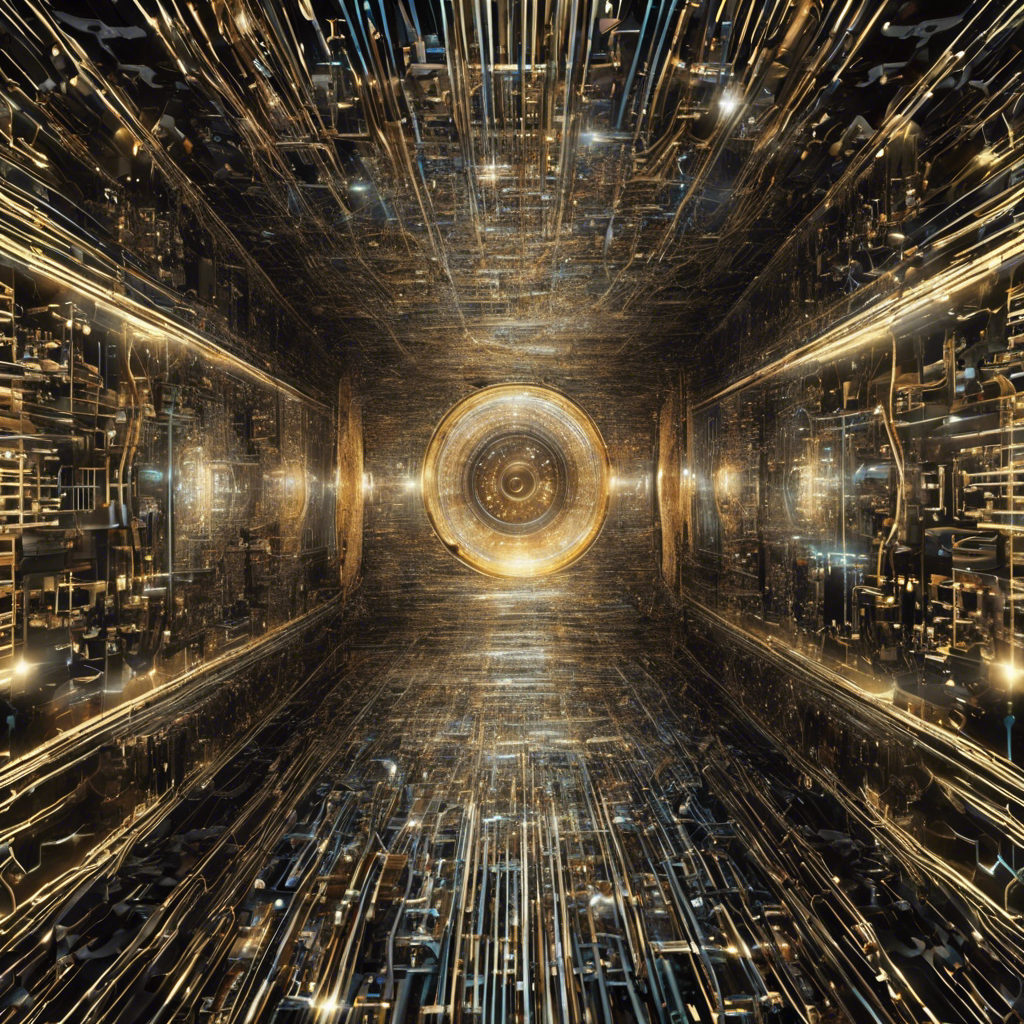Researchers at Rice University make a breakthrough discovery in understanding the behavior of strange metals.
After years of confusion and speculation, physicists may finally be closer to understanding the enigmatic behavior of strange metals. These peculiar materials, first discovered in the 1980s, have defied conventional theories of electric current and challenged our understanding of matter. However, a recent experiment conducted by researchers at Rice University has shed new light on the nature of strange metals, suggesting the existence of a new quantum phenomenon.
The Anomaly of Strange Metals:
Strange metals, a class of materials that includes high-temperature superconductors like cuprates, have baffled scientists for decades. Unlike traditional metals, which exhibit a quadratic increase in electrical resistance with temperature, strange metals display a linear rise in resistance. This unexpected behavior has raised questions about the fundamental nature of electric charge and the role of electrons in these materials.
The Landau’s Fermi Liquid Theory:
For years, physicists have relied on Lev Landau’s Fermi liquid theory to explain the behavior of metals. This theory posits that electrons, the carriers of electric charge, move through metals like a gas, interacting with each other only minimally. However, the linear increase in resistance observed in strange metals contradicts Landau’s theory, suggesting the presence of a new physical phenomenon.
The Breakthrough Experiment:
To investigate the nature of electric charge in strange metals, Liyang Chen and his collaborators at Rice University conducted a groundbreaking experiment. They created a microscopic metallic wire, half the width of an E.coli bacterium, and measured the current flowing through it. Surprisingly, the current flowed smoothly and evenly, challenging the conventional understanding of electric current in metals.
The Absence of Electrons:
The uniformity of the current observed in Chen’s experiment suggests that strange metals may not be composed of individual electrons. Instead, it hints at the presence of a new quantum phenomenon that is responsible for carrying the current. This finding aligns with the suspicions of many physicists who have long believed that strange metals operate in a fundamentally different way than traditional metals.
The Quest for Understanding:
The discovery of this new quantum phenomenon has sparked excitement among theoretical physicists, who are now working to develop new models and theories to explain the behavior of strange metals. By unraveling the mystery of strange metals, scientists hope to gain a deeper understanding of the fundamental properties of matter and potentially unlock new technological applications.
Conclusion:
The recent experiment conducted at Rice University has provided compelling evidence that strange metals operate according to a new quantum phenomenon. This breakthrough opens up new avenues of research and challenges our current understanding of electric charge and the behavior of metals. As scientists continue to delve into the mysteries of strange metals, we may be on the cusp of a revolutionary breakthrough that could reshape our understanding of the quantum world.











